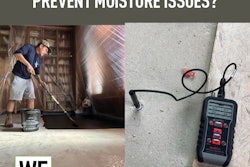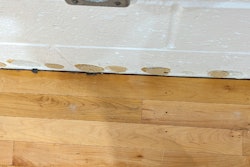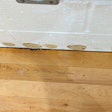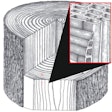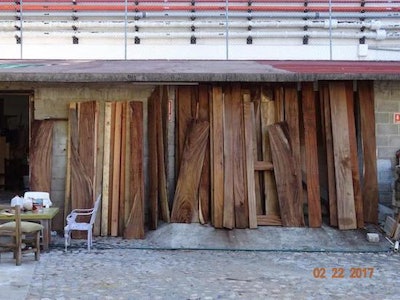
We all heard that we must "acclimate" solid wood flooring before installing it—but why?
The answer is simple: the expected performance by the purchaser/owner of the new wood floor. If the wood floor is not given the appropriate time to properly acclimate, it may experience adverse effects such as cupping, gapping, crowning ... the list goes on and on.
During a vacation in Mexico, I was walking through the streets when I heard saws and a molder running. Of course I had to zero in on where the noise was coming from, and I found a very small mill with hand-selected planks standing against the wall. They were awaiting being milled into plank flooring. Walking out behind the building, I saw bundled plank flooring stored under an open lean-to. The bundles were protected from rain but stored in uncontrolled open air.
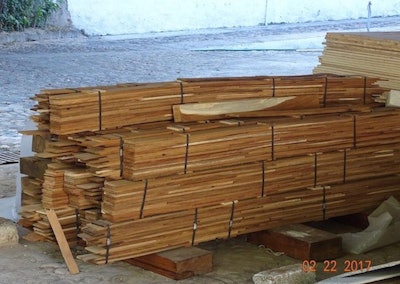
So, what’s changed? Today we live under a production schedule with the “need for speed."
Can we still get our wood flooring to perform in today’s production world? Yes, we can, by knowing exactly what the “expected living conditions” will be and getting job-site and flooring materials to sync with each other (i.e., moisture content and site conditions), just like the example from Mexico. Once the materials have reached optimal expected MC, the flooring can be installed with no on-site acclimating time to keep up with the construction production schedule. (Some materials might not need any acclimation on- or off-site.)
As we read earlier, the mill was acclimating off-site, which is perfectly fine as long as the “expected living conditions” are met during the acclimation period off-site. This can be completed in your own warehouse in a controlled storage chamber/room. The next step is to have GCs understand the importance of them doing their part. If that happens, there will be no on-site acclimation required. Once the required conditions are met, they must be maintained until occupancy to ensure flooring performance upon delivery to the owner.
Long-term performance is up to the property owner to continue the optimal conditions. As a certified inspector, I find the communication breakdown happens between the new homeowner and the contractor, whether that's the general, retailer or flooring contractor. The homeowner plays their trump card in court: “I was never told that.” When that happens, legal responsibility falls back on the contractor. If your company was the subcontractor for labor, then it isn’t your responsibility to supply floor care instructions. Instead, in that case it's up to the seller.
We must remember: Wood is predictable, and it never lies. The inspector's job is to inspect and report the RCA (Root Cause Analysis). If acclimation is handled correctly, whether on-site or off-site, and long-term temperature and humidity requirements are explained to the property owner, you reduce your chances of ending up in an inspection.
RELATED: What Does ‘Baseline Moisture Content’ Mean?















